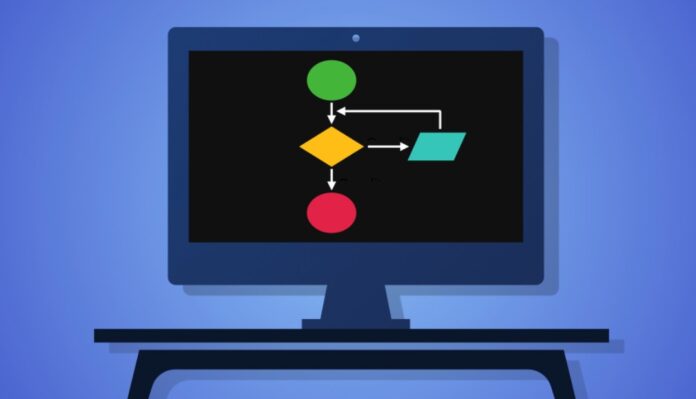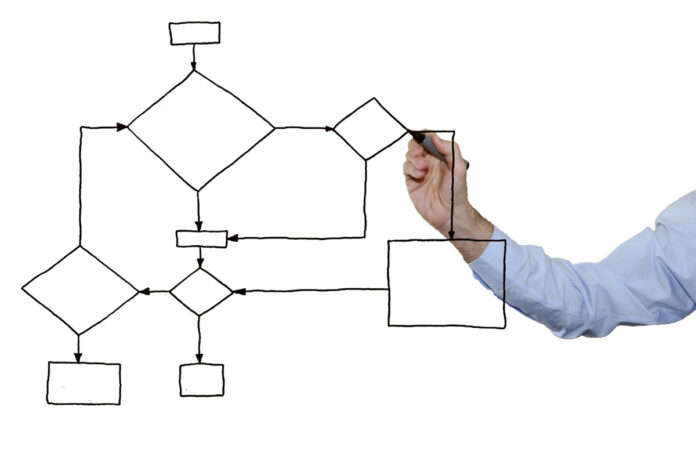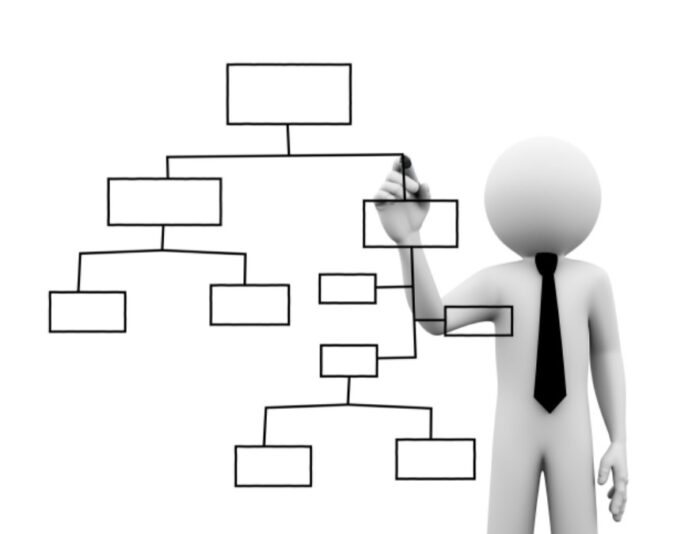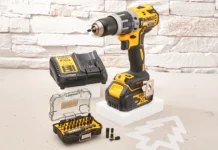
Using a variety of software tools can really improve our skills. With the available types out there, it’s only a matter of preference and desired type of improvement. In terms of becoming better at solving problems, you are bound to find a ton of use with the flowcharts.
1. Simple to learn tool that allows you to represent ideas

Mind mapping software is extremely simple to use. That is the best advantage of this type of software. Due to the simplicity, we can easily get people educated on how to use it. No matter whether you are a simple employee or a person at a higher position in a company, the use of flow charts can be invaluable for representing ideas and data. That’s why this ease of learning ends up being so important. Without it, we’d have to spend far more time to become capable of utilizing the convenience it offers, and this way we can engage it as soon as possible. You can learn more about this tool before reading further, getting a better grasp of its features.
No matter where you decide to indulge in learning about flowcharts, you will eventually figure them out. The utility they bring with them is the representation of ideas which includes solutions. As you can imagine, being able to project a solution long before the complete one has been done can truly deepen your understanding of it and assist you in transcribing it for other people.
2. Helps you break down problems

The more complex a problem the more time it takes to resolve. However, a big part of that time can be spent on analyzing and unraveling the problem itself rather than thinking up a solution. With the use of flow charts, it’s possible to cut this process down further.
Because the complexity of the problem represents a huge deal when it comes to cutting time, it’s best to start the whole process by cutting it down into more manageable tasks. This practice is frequently used to make jobs easier to comprehend and split between people. It’s no different with flow charts. Except now, we get a way to represent that split directly and neatly within the flowchart itself. The way all the pieces connect will also be extremely apparent to use so there’s no need to waste time assembling the pieces once the job has been done.
This will heavily aid your problem-solving skills as you’ll start learning how to split the big problem into smaller problems whenever you encounter them. Usually doing so subconsciously as soon as you see the problem.
3. Assists you in solving the problem

The problem everybody has with the more complex problems is that they don’t know where to start with resolving them. Some issues can be too complicated to be answered or dealt with in a manner that’s obvious. It can also be hard to imagine the problem in a practical way without the aid of some visuals. For that purpose, a flowchart will aid a lot.
Those seeking to resolve problems want a few things on hand. The contents of the problem, without it the problem wouldn’t exist. The desired solution, knowing what our goal is means we can learn what to pursue and strive for. Lastly, we need the restrictions that are part of the goal.
When these details are put into a flowchart, we will gain a lot more clarity on the matter. We will understand better the routes we have to take and that can give us a few glimpses into the solution itself. Connecting the dots between what we need and what we have is the best part of flowcharts. Even if it doesn’t give us an entire solution, getting halfway there is good enough. The ability to constantly see the spread of details we need to wrap up also makes flowcharts highly useful. The assistance will be provided in the form of these simple reminders, helping us comprehend the full picture.
In problem-solving, we will be able to apply this skill by immediately segmenting and connecting the path to a solution in our minds. Without even using flowcharts, we’ll be able to easily think of ideas for a solution if not entire solutions themselves.
4. Fixing mistakes and reviewing issues

Mistakes will happen no matter what type of problem we are resolving. Those more complex than the standard ones will definitely require some reexamining. Do not be alarmed though, making mistakes is natural and so is learning how to fix them. It’s important to take extra care when fixing mistakes due to their reappearance being wasteful for both us and the person who needs the problem resolved or the project done.
The fixing process usually includes skimming through the entire problem and trying to find what doesn’t fit within it. This can be anything from an odd variable to entire principles. Whether it’s our or somebody else’s resolution, reading them will be the hardest part. Not even exclusively due to the various methods of approach people use, but because the issue could be difficult to notice in the first place.
When we spread out the problem into a flowchart. The inner mechanisms become way more apparent and the details are easier to spot. It becomes an exercise of analyzing its pieces before putting them together.
This way, fixes become way more efficient and fast. The problem is quickly spotted and removed while the flowchart allows us to still review the blueprint for any other malfunctions. It pulls double duty in its use and makes it more bearable to actually introduce fixes.
The more you apply this method, the more you’ll get the hang of analyzing problems in a proper way. Having the ability to inspect an issue from this perspective will make us capable of avoiding standard pitfalls of problem-solving. These are inflexible thinking and a lack of consideration for the utility of smaller parts in the whole operation. It will also make sure that other issues don’t slip through due to our simple way of reviewing the whole deal once it is done.











